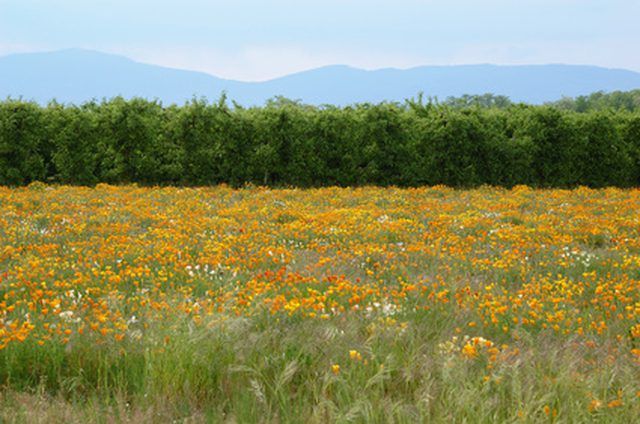Bulbs
Flower Basics
Flower Beds & Specialty Gardens
Flower Garden
Garden Furniture
Garden Gnomes
Garden Seeds
Garden Sheds
Garden Statues
Garden Tools & Supplies
Gardening Basics
Green & Organic
Groundcovers & Vines
Growing Annuals
Growing Basil
Growing Beans
Growing Berries
Growing Blueberries
Growing Cactus
Growing Corn
Growing Cotton
Growing Edibles
Growing Flowers
Growing Garlic
Growing Grapes
Growing Grass
Growing Herbs
Growing Jasmine
Growing Mint
Growing Mushrooms
Orchids
Growing Peanuts
Growing Perennials
Growing Plants
Growing Rosemary
Growing Roses
Growing Strawberries
Growing Sunflowers
Growing Thyme
Growing Tomatoes
Growing Tulips
Growing Vegetables
Herb Basics
Herb Garden
Indoor Growing
Landscaping Basics
Landscaping Patios
Landscaping Plants
Landscaping Shrubs
Landscaping Trees
Landscaping Walks & Pathways
Lawn Basics
Lawn Maintenance
Lawn Mowers
Lawn Ornaments
Lawn Planting
Lawn Tools
Outdoor Growing
Overall Landscape Planning
Pests, Weeds & Problems
Plant Basics
Rock Garden
Rose Garden
Shrubs
Soil
Specialty Gardens
Trees
Vegetable Garden
Yard Maintenance
Online Flower Identification Guide
Online Flower Identification Guide. Flowering plants live along sidewalks in cities or suburbia as well as in gardens or meadows. Identifying flowers involves observing their traits and matching those observations to scientific sources.

Flowering plants live along sidewalks in cities or suburbia as well as in gardens or meadows. Identifying flowers involves observing their traits and matching those observations to scientific sources.
Tools
Learning to identify flowers requires utilizing online guides from universities, from national and local nature organizations and your powers of observation. The best flower identification resources provide pictures and detailed descriptions of species, as well as information about them and related species.
Observations
In "The Audubon Society Field Guide to North American Wildflowers," William A. Niering advices new naturalists to observe the color, symmetry, shape and anatomical details about the flower. Next, study the leaves, the size of the plant, its habitat and any fruits or nuts that you find.
Families
If your observations don't match a particular species in the resources you're using, turn next to trying to identify the plant's family. Plants are organized into families based on shared traits. Identifying the family may provide information about the plant or put you on the right path to making a positive identification.